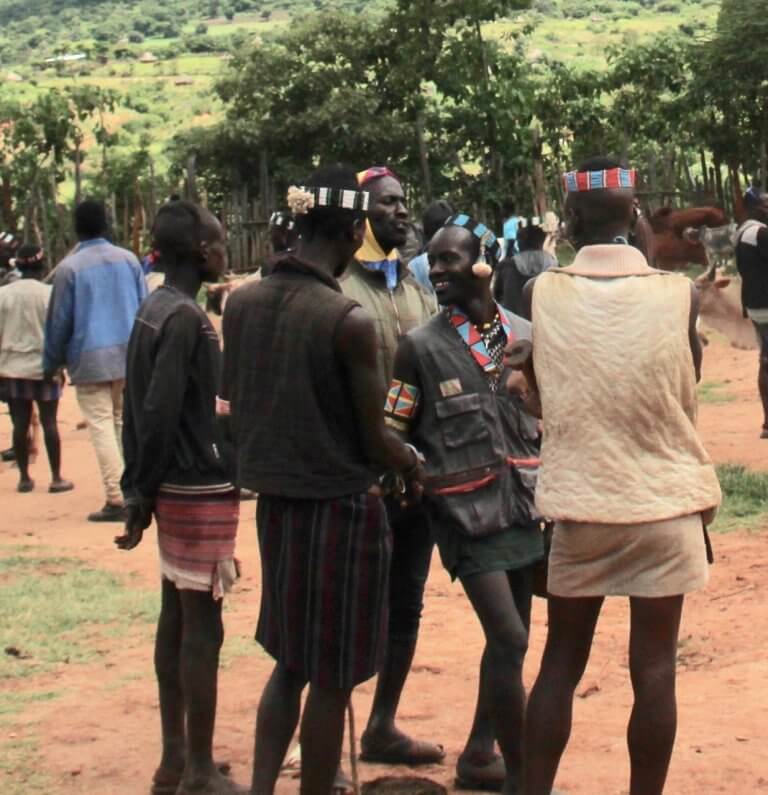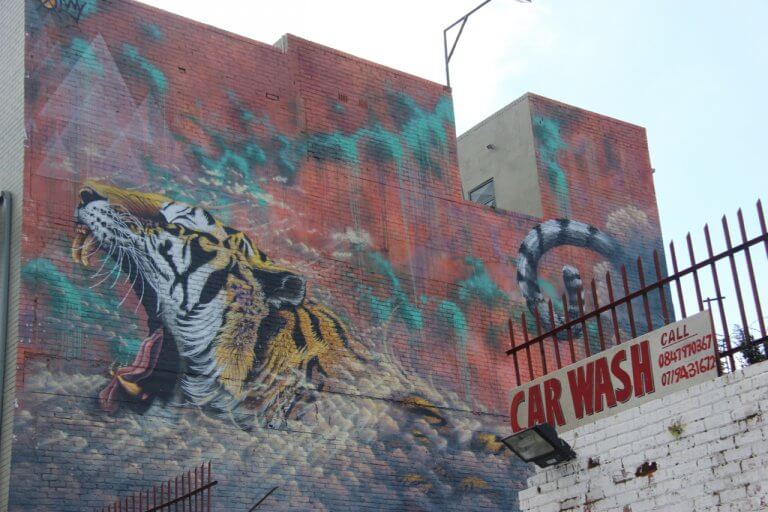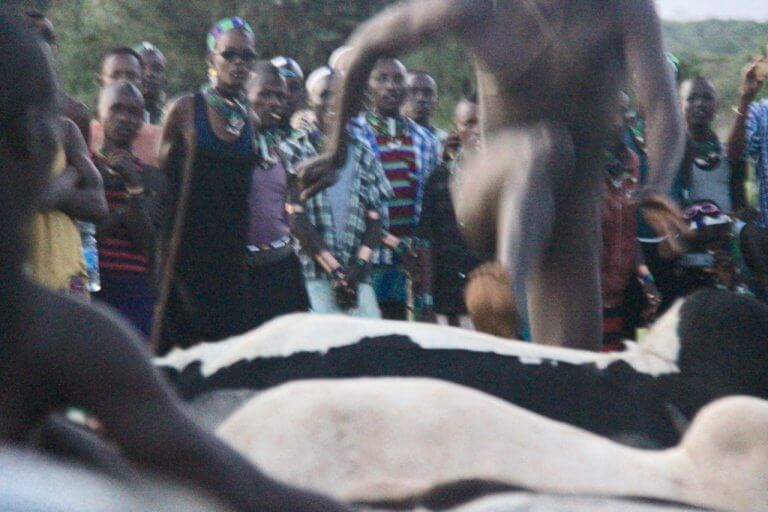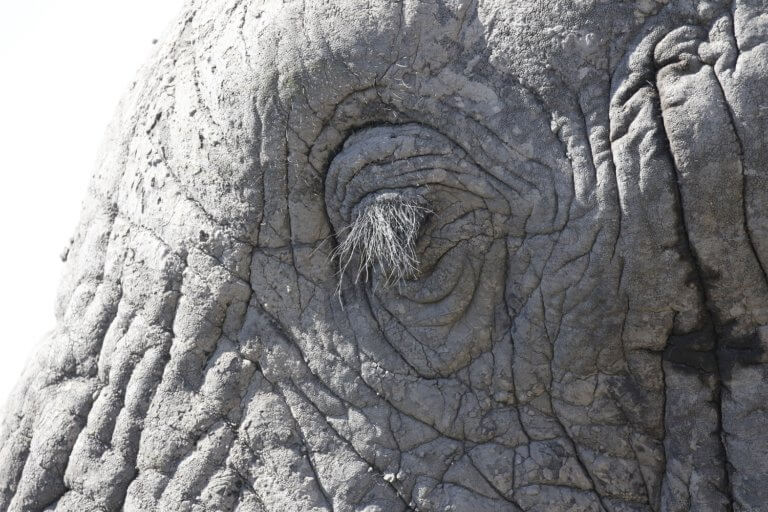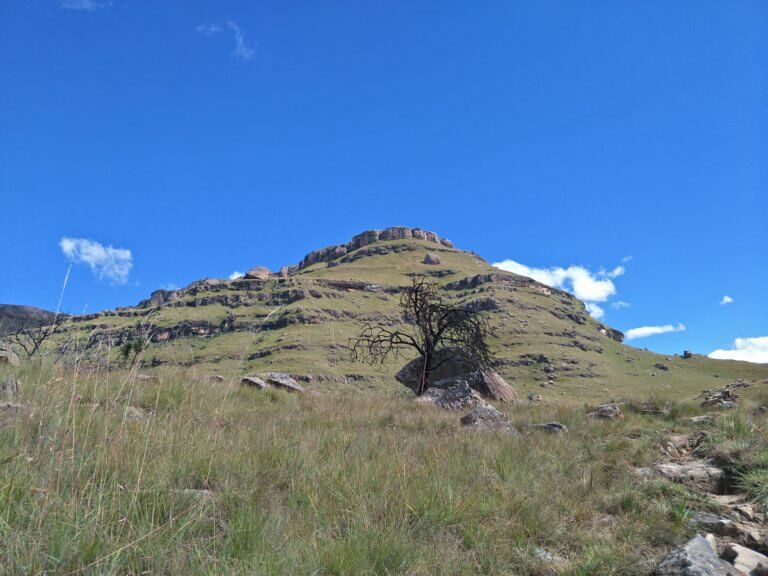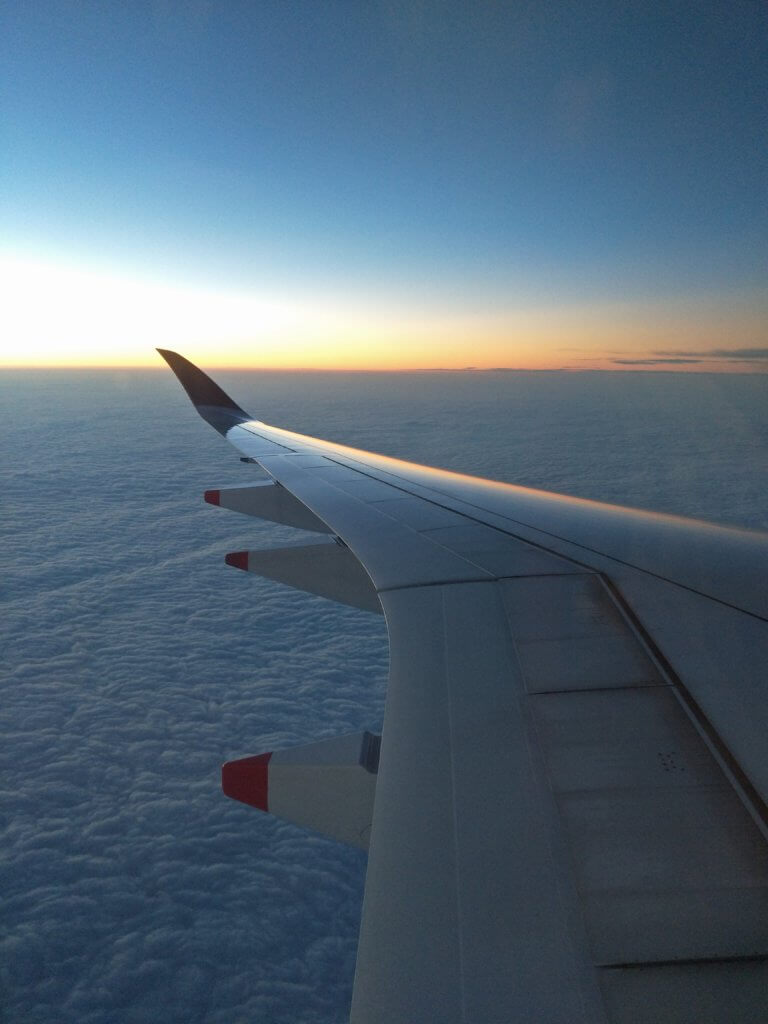Boating on Lake Chamo, visiting Konso village

Day 42 May 23rd 2018
Woke to wide views out to distant Lake Abaya and Lake Chamo, with rich green forest spread out below us. What a vista from our Tukul at Paradise Lodge

Started the day by heading out in a small motor boat on the beautiful Lake Chamo. Saw pink hued Pelicans, large grey Herons, groups of Hippos and crocs – the latter posing beautifully with their cavernous pink open mouths. A pleasant way to spend the morning.

Then off again heading south to Konso where we had a village walk planned. Konso is a region, and an ethnicity, with 41 villages in the area. Gamole walled village is a UNESCO heritage listed area. Our guide was brilliant and not only described and guided us through the village but described the culture succinctly in a way we could understand.
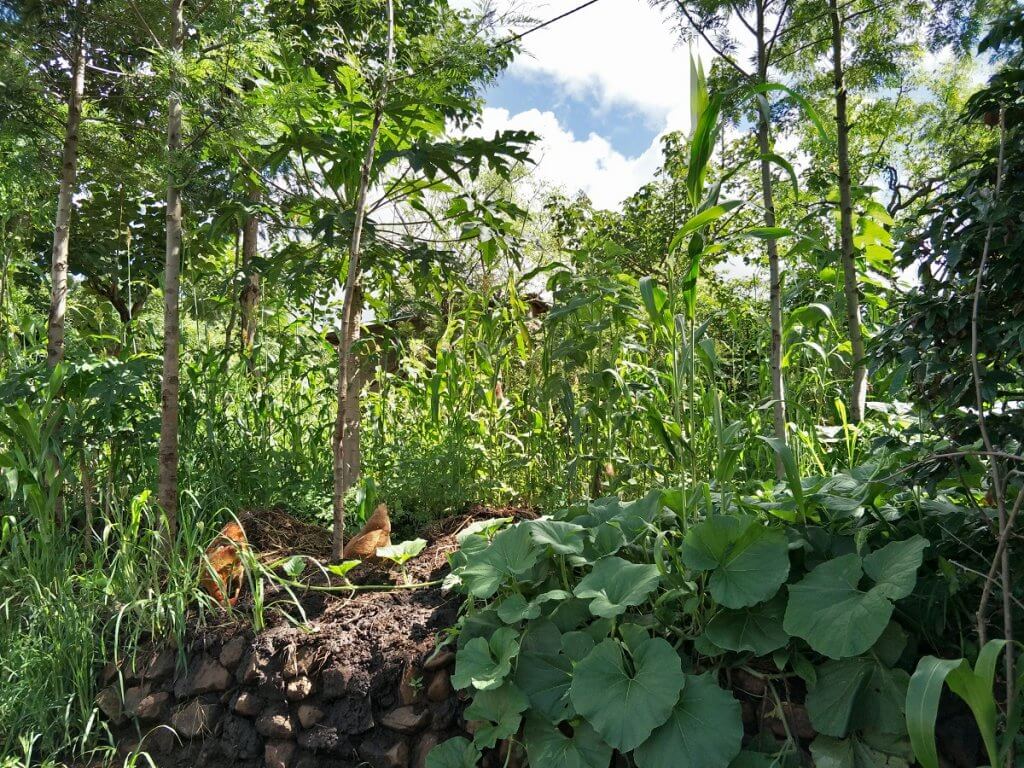
The Konso village economy is agriculturally based and the surrounding land was green and lush. Their practices involve terracing to reduce erosion and multiple plantings. Their main crops are sorghum, corn, sunflowers. All organically grown, nothing is wasted and there is a highly developed composting mechanism using animal dung and rotting vegetation. All the fencing is natural using mainly planted and controlled Lantana.
The design of the village is based around family compounds being contained within concentric circles of magnificent dry stonewalls. As the village expands another circular wall is created. The village we visited had a population of 5000 and had three circular walls. Historically the walls were for defence against people and animals. The footpaths are very narrow are muddy. We met lots of people along the way who seemed not to be bothered by our presence, but rather gave lots of smiles and hellos.

This village has nine clans who live within the walls – each with its own chief. The male line is dominant and when the chief dies the eldest son takes over, although not right away. He in fact has to wait for nine years, nine months, and nine days. His father is embalmed and the body kept in a special hut for that period and he is not buried until that time has elapsed. During this period the clan is run by a council including the Chief’s wife – which allows the son to learn before he becomes the Chief.
Marriage is not permitted within the clans – partners need to be from another clan. The guide made it clear that such a marriage would mean the couple would be ostracised. Marriages can be arranged by parents, can be mutual, or when the eldest brother dies and leaves a wife – the deceased’s youngest brother is obliged to marry her. Apparently polygamy is also practised.
Walking through the village it is obvious that the traditional role of women and men seem to be home based for the former and agriculturally based for the latter.
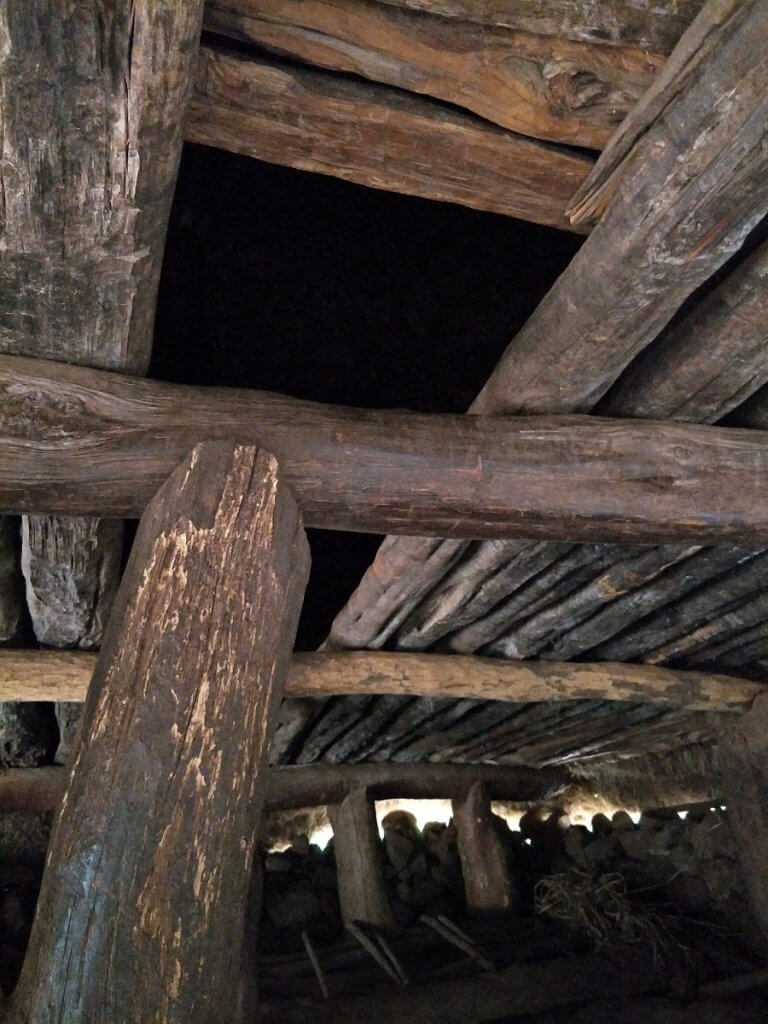
Within the family compound there were often a number of spate huts small gardens and goats chickens and the odd cow. There are also community-based structures. The Mora are community houses where all boys from 12 to 18 must sleep. It is also sleeping quarters for male guests in the village, and husbands whose wives have given birth. The latter group do not get to return to their homes for twelve months.
Throughout the village there are common meeting areas for the clans and these areas feature a “generations pole”. A group of poles with one added every eighteen years to mark a new generation in the village. In this village there were several generation poles and we were told that the total number of poles gave the village an age of seven hundred years.
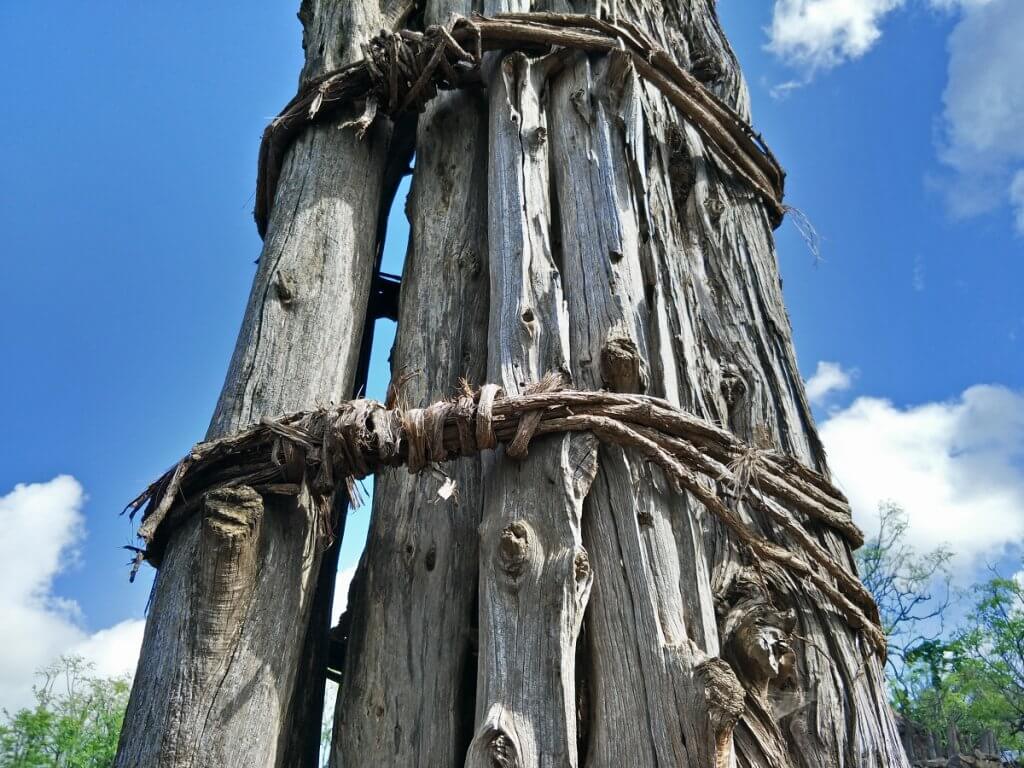
Beside the Pole was a large round stone – weighing apparently 50kg which is part of a coming of age ritual – young men must lift the stone.
PHOTOS FROM OUR DAY
